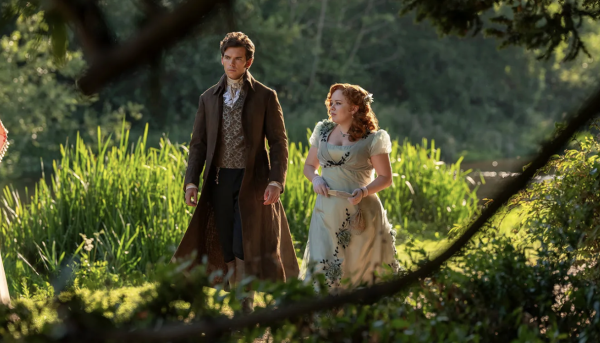USC Studies Diversity in Hollywood: Indicative of a Bigger Problem?
Recently, the University of Southern California (USC) conducted a study in which researchers analyzed the diversity of characters featured in TV shows and movies. What they found was not surprising. According to npr.org, Hollywood is so filled with the same kinds of people that “there’s actually an inclusion crisis,” Stacy Smith, a director of the study, stated, as quoted by the author.
What strikes me as interesting is the fact that the article is ridden with statistics, which, in addition to providing information about the “inclusion crisis,” is also reflective of the attitudes held in the entertainment industry. Women only represent one-third of speaking characters. Non-white characters represent 28.3 percent of speaking characters. It’s a specificity that seems odd and out of place. Shouldn’t film be about art, not statistics? Shouldn’t characters be implemented into a story because a director and writer were inspired to creating a specific story, as opposed to Hollywood needing to fill up a “diversity quota,” as this study implies is necessary?
It’s common knowledge that Hollywood is manufactured, but the study in diversity only paves a way for it to become even more commercialized. Now that the lack of “diverse characters” has been identified as an “inclusion crisis,” the researchers will probably push for more of a diverse field of actors, which is not necessarily a bad thing, but for the sake of diversity and not artistry. If actions are taken based on this study, these characters will be seen more as a requirement to fill and not actual legitimate protagonists/antagonists/contagonists. What we should be arguing for is not more diverse characters, but more diverse stories. What people should not focus on is the lack of diversity, but the lack of creativity in Hollywood, which is the bigger picture. Different, more creative stories equals different, more creative characters. The emphasis should be on storytelling, not inclusion. If the story is about an Indian family in New Delhi, so be it. If the story is about a Scandinavian American woman trying to find love, so be it.
Unfortunately, Hollywood is not likely to budge.
The truth is that the film industry is ruled, for the most part, by money, not by artistic merit, and not by people who want to make the playing field level for people of all ethnicities. Fortunately, this fact is obvious to many. “I think a lot of movies these days are geared toward pleasing the general public, because more producers are concerned on the money. People that make movies as an outlet for their creativity usually tend to share their films at festivals such as Sundance, and they are more concerned on the artistic value rather than making a profit from the movie,” Christine Choi (10) agrees. While this commonly known fact will not stop Hollywood from producing more movies, it will allow people to identify the problems with our entertainment industry and hopefully adjust the way people consume and view movies.
In the end, however, it will take a lot more than a study on Hollywood diversity and a high school newspaper article to alter the imperfect structure of the system.

Rachel Seo is a senior at Yorba Linda High School. She is co-editor-in-chief of The Wrangler and is passionate about all things writing and creativity....

































